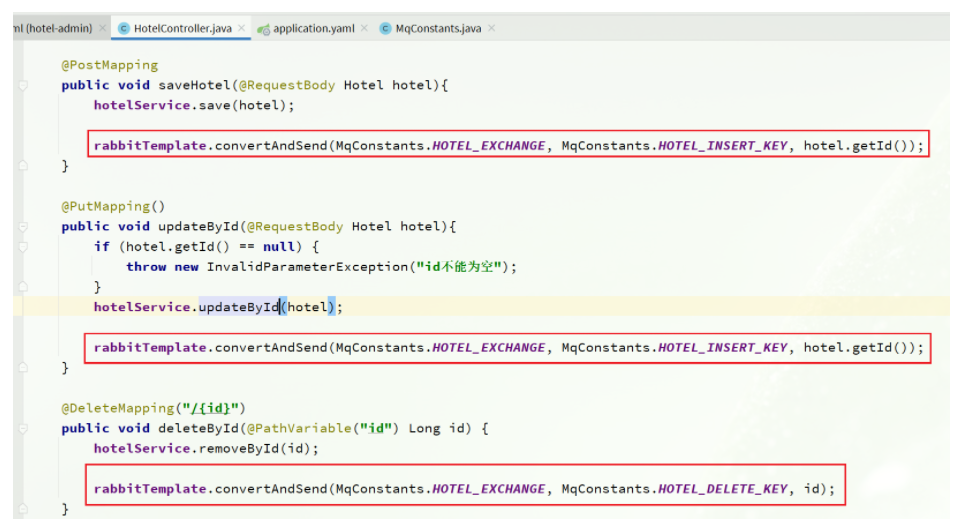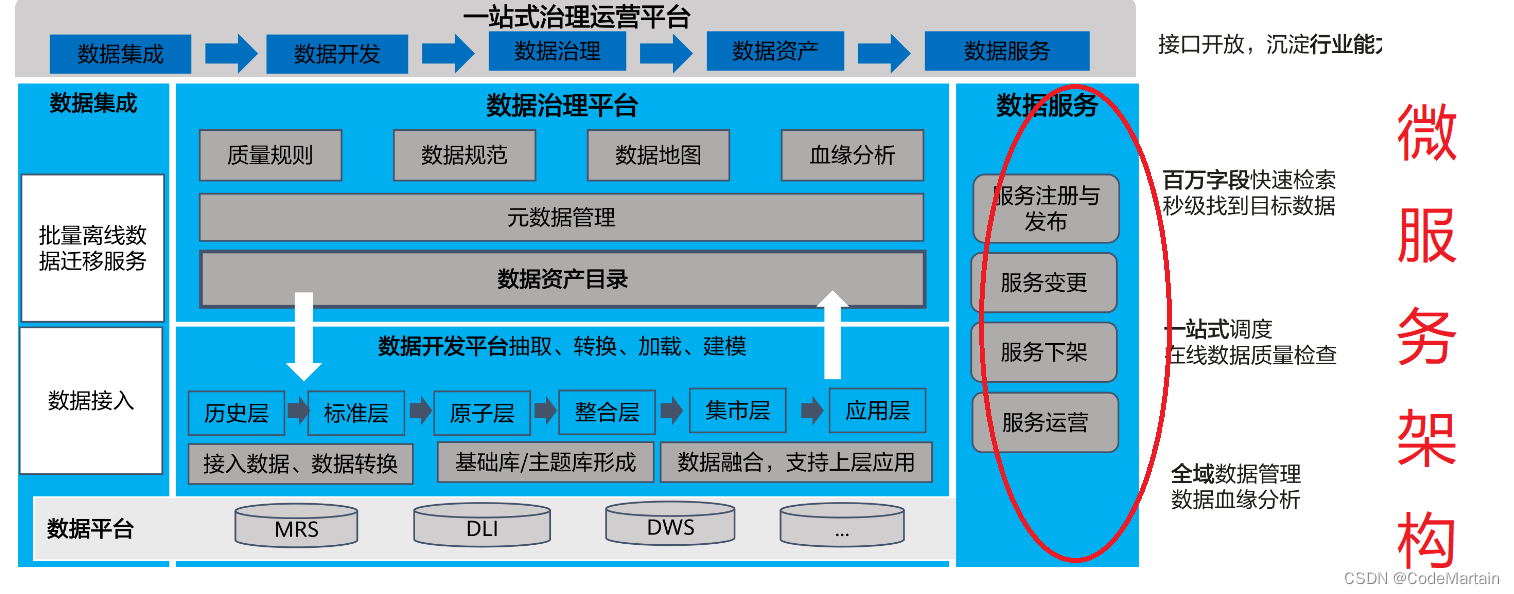更好的阅读体验
Lab 6: Object-Oriented Programming lab06.zip
What Would Python Do?
These questions use inheritance. For an overview of inheritance, see the inheritance portion of Composing Programs.
Q1: WWPD: Classy Cars
Below is the definition of a Car class that we will be using in the following WWPD questions.
Note: The
Carclass definition can also be found incar.py.
class Car:num_wheels = 4gas = 30headlights = 2size = 'Tiny'def __init__(self, make, model):self.make = makeself.model = modelself.color = 'No color yet. You need to paint me.'self.wheels = Car.num_wheelsself.gas = Car.gasdef paint(self, color):self.color = colorreturn self.make + ' ' + self.model + ' is now ' + colordef drive(self):if self.wheels < Car.num_wheels or self.gas <= 0:return 'Cannot drive!'self.gas -= 10return self.make + ' ' + self.model + ' goes vroom!'def pop_tire(self):if self.wheels > 0:self.wheels -= 1def fill_gas(self):self.gas += 20return 'Gas level: ' + str(self.gas)
For the later unlocking questions, we will be referencing the MonsterTruck class below.
Note: The
MonsterTruckclass definition can also be found incar.py.
class MonsterTruck(Car):size = 'Monster'def rev(self):print('Vroom! This Monster Truck is huge!')def drive(self):self.rev()return super().drive()
You can find the unlocking questions below.
Use Ok to test your knowledge with the following “What Would Python Display?” questions:
python3 ok -q wwpd-car -u✂️Important: For all WWPD questions, type
Functionif you believe the answer is<function...>,Errorif it errors, andNothingif nothing is displayed.
>>> deneros_car = Car('Tesla', 'Model S')
>>> deneros_car.model______
>>> deneros_car.gas = 10
>>> deneros_car.drive()______
>>> deneros_car.drive()______
>>> deneros_car.fill_gas()______
>>> deneros_car.gas______
>>> Car.gas______
>>> deneros_car = Car('Tesla', 'Model S')
>>> deneros_car.wheels = 2
>>> deneros_car.wheels______
>>> Car.num_wheels______
>>> deneros_car.drive()______
>>> Car.drive()______
>>> Car.drive(deneros_car)______
>>> deneros_car = MonsterTruck('Monster', 'Batmobile')
>>> deneros_car.drive()______
>>> Car.drive(deneros_car)______
>>> MonsterTruck.drive(deneros_car)______
>>> Car.rev(deneros_car)______
What would Python display? If you get stuck, try it out in the Python
interpreter!>>> from car import *
>>> deneros_car = Car('Tesla', 'Model S')
>>> deneros_car.model
? Model S
-- Not quite. Try again! --? 'Model S'
-- OK! -->>> deneros_car.gas = 10
>>> deneros_car.drive()
? Tesla Model S goes vroom!
-- Not quite. Try again! --? 'Tesla Model S goes vroom!'
-- OK! -->>> deneros_car.drive()
? 'Cannot drive'
-- Not quite. Try again! --? 'Cannot drive!'
-- OK! -->>> deneros_car.fill_gas()
? 'Gas level: 20'
-- OK! -->>> deneros_car.gas
? 20
-- OK! -->>> Car.gas
? 30
-- OK! -----------------------------------------------------------------------
Car > Suite 1 > Case 2
(cases remaining: 2)What would Python display? If you get stuck, try it out in the Python
interpreter!>>> from car import *
>>> deneros_car = Car('Tesla', 'Model S')
>>> deneros_car.wheels = 2
>>> deneros_car.wheels
? 2
-- OK! -->>> Car.num_wheels
? 4
-- OK! -->>> deneros_car.drive() # Type Error if an error occurs and Nothing if nothing is displayed
? 'Cannot drive'
-- Not quite. Try again! --? 'Cannot drive!'
-- OK! -->>> Car.drive() # Type Error if an error occurs and Nothing if nothing is displayed
? Nothing
-- Not quite. Try again! --? Error
-- OK! -->>> Car.drive(deneros_car) # Type Error if an error occurs and Nothing if nothing is displayed
? 'Cannot drive!'
-- OK! -----------------------------------------------------------------------
Car > Suite 1 > Case 3
(cases remaining: 1)What would Python display? If you get stuck, try it out in the Python
interpreter!>>> from car import *
>>> deneros_car = MonsterTruck('Monster', 'Batmobile')
>>> deneros_car.drive() # Type Error if an error occurs and Nothing if nothing is displayed
(line 1)? Vroom! This Monster Truck is huge!
(line 2)? 'Monster Batmobile goes vroom!'
-- OK! -->>> Car.drive(deneros_car) # Type Error if an error occurs and Nothing if nothing is displayed
? 'Monster Batmobile goes vroom!'
-- OK! -->>> MonsterTruck.drive(deneros_car) # Type Error if an error occurs and Nothing if nothing is displayed
(line 1)? Vroom! This Monster Truck is huge!
(line 2)? 'Monster Batmobile goes vroom!'
-- OK! -->>> Car.rev(deneros_car) # Type Error if an error occurs and Nothing if nothing is displayed
? Vroom! This Monster Truck is huge!
-- Not quite. Try again! --? Error
-- OK! -----------------------------------------------------------------------
OK! All cases for Car unlocked.
Parsons Problems
To work on these problems, open the Parsons editor:
python3 parsons
Q2: Cool Cats
The Cat class models a cat: you can find the implementation below. Now, you will implement NoisyCat; NoisyCats are very similar to Cats, but talks twice as much. However, in exchange for such great powers, it gives up one of its initial lives.
Use superclass methods wherever possible.
class Cat:def __init__(self, name, owner, lives=9):self.is_alive = Trueself.name = nameself.owner = ownerself.lives = livesdef talk(self):return self.name + ' says meow!'class NoisyCat(Cat):""">>> my_cat = NoisyCat("Furball", "James")>>> my_cat.name'Furball'>>> my_cat.is_aliveTrue>>> my_cat.lives8>>> my_cat.talk()'Furball says meow! Furball says meow!'>>> friend_cat = NoisyCat("Tabby", "James", 2)>>> friend_cat.talk()'Tabby says meow! Tabby says meow!'>>> friend_cat.lives1"""def __init__(self, name, owner, lives=9):Cat.__init__(self, name, owner, lives)self.lives -= 1def talk(self):words = Cat.talk(self)words = words + ' ' + wordsreturn words
Coding Practice
Q3: Cat Adoption
So far, you’ve implemented the NoisyCat based off of the Cat class. However, you now want to be able to create lots of different Cats!
Build on the Cat class from the earlier problem by adding a class method called adopt_a_cat. This class method allows you to create Cats that can then be adopted.
Specifically, adopt_a_cat should return a new instance of a Cat whose owner is owner.
This Cat instance’s name and number of lives depends on the owner. Its name should be chosen from cat_names (provided in the skeleton code), and should correspond to the name at the index len(owner) % (modulo) the number of possible cat names. Its number of lives should be equal to len(owner) + the length of the chosen name.
class Cat:def __init__(self, name, owner, lives=9):self.is_alive = Trueself.name = nameself.owner = ownerself.lives = livesdef talk(self):return self.name + ' says meow!'@classmethoddef adopt_a_cat(cls, owner):"""Returns a new instance of a Cat.This instance's owner is the given owner.Its name and its number of lives is chosen programaticallybased on the spec's noted behavior.>>> cat1 = Cat.adopt_a_cat("Ifeoma")>>> isinstance(cat1, Cat)True>>> cat1.owner'Ifeoma'>>> cat1.name'Felix'>>> cat1.lives11>>> cat2 = Cat.adopt_a_cat("Ay")>>> cat2.owner'Ay'>>> cat2.name'Grumpy'>>> cat2.lives8"""cat_names = ["Felix", "Bugs", "Grumpy"]"*** YOUR CODE HERE ***"cat_name = cat_names[len(owner) % 3]lives = len(owner) + len(cat_name)return cls(cat_name, owner, lives)
Use Ok to test your code:
python3 ok -q Cat.adopt_a_cat✂️
Accounts
Let’s say we’d like to model a bank account that can handle interactions such as depositing funds or gaining interest on current funds. In the following questions, we will be building off of the Account class. Here’s our current definition of the class:
class Account:"""An account has a balance and a holder.>>> a = Account('John')>>> a.deposit(10)10>>> a.balance10>>> a.interest0.02>>> a.time_to_retire(10.25) # 10 -> 10.2 -> 10.4042>>> a.balance # balance should not change10>>> a.time_to_retire(11) # 10 -> 10.2 -> ... -> 11.0408080325>>> a.time_to_retire(100)117"""max_withdrawal = 10interest = 0.02def __init__(self, account_holder):self.balance = 0self.holder = account_holderdef deposit(self, amount):self.balance = self.balance + amountreturn self.balancedef withdraw(self, amount):if amount > self.balance:return "Insufficient funds"if amount > self.max_withdrawal:return "Can't withdraw that amount"self.balance = self.balance - amountreturn self.balance
Q4: Retirement
Add a time_to_retire method to the Account class. This method takes in an amount and returns how many years the holder would need to wait in order for the current balance to grow to at least amount, assuming that the bank adds balance times the interest rate to the total balance at the end of every year.
def time_to_retire(self, amount):"""Return the number of years until balance would grow to amount."""assert self.balance > 0 and amount > 0 and self.interest > 0"*** YOUR CODE HERE ***"cnt = 0deposit = self.balance * ((1 + self.interest) ** cnt)while deposit < amount:cnt = cnt + 1deposit = self.balance * ((1 + self.interest) ** cnt)return cnt
Use Ok to test your code:
python3 ok -q Account✂️
Q5: FreeChecking
Implement the FreeChecking class, which is like the Account class from lecture except that it charges a withdraw fee after 2 withdrawals. If a withdrawal is unsuccessful, it still counts towards the number of free withdrawals remaining, but no fee for the withdrawal will be charged.
Hint: Don’t forget that
FreeCheckinginherits fromAccount! Check the Inheritance section in Topics for a refresher.
class FreeChecking(Account):"""A bank account that charges for withdrawals, but the first two are free!>>> ch = FreeChecking('Jack')>>> ch.balance = 20>>> ch.withdraw(100) # First one's free'Insufficient funds'>>> ch.withdraw(3) # And the second17>>> ch.balance17>>> ch.withdraw(3) # Ok, two free withdrawals is enough13>>> ch.withdraw(3)9>>> ch2 = FreeChecking('John')>>> ch2.balance = 10>>> ch2.withdraw(3) # No fee7>>> ch.withdraw(3) # ch still charges a fee5>>> ch.withdraw(5) # Not enough to cover fee + withdraw'Insufficient funds'"""withdraw_fee = 1free_withdrawals = 2"*** YOUR CODE HERE ***"def __init__(self, Account):Account.__init__(self)def withdraw(self, amount):if amount + self.withdraw_fee > self.balance:return "Insufficient funds"if amount > self.max_withdrawal:return "Can't withdraw that amount"if self.free_withdrawals > 0: self.free_withdrawals -= 1self.balance = self.balance - amountif self.free_withdrawals <= 0:self.balance = self.balance - self.withdraw_feereturn self.balance
Use Ok to test your code:
python3 ok -q FreeChecking✂️
Submit
Make sure to submit this assignment by running:
python3 ok --submit

![行为树 --- [7] BehaviorTree.CPP 4.x版本的编译及使用](https://img-blog.csdnimg.cn/d48351ae319b4135b20b789b3cd827b5.png)




